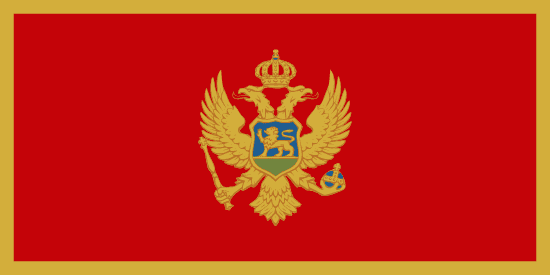"Срце Дурмитора | Heart of Durmitor"
About:
Zabljak, a small town in Montenegro, was initially established as a marketplace in the 19th century. It was officially recognized as a town in 1929, and suffered extensive damage during WWII. Post-war, Zabljak was rebuilt and has since developed into a popular tourist destination, known for its natural beauty including Durmitor National Park and the Tara River Canyon. Today, it's the center of Montenegro's mountain tourism and is renowned for its eco-tourism and adventure sports offerings.
When to visit:
Zabljak, located in Montenegro, is a popular destination for outdoor enthusiasts due to its stunning natural landscapes and access to the Durmitor National Park. The best time to visit Zabljak is during the summer months, from June to September, when the weather is pleasant and ideal for hiking, biking, and exploring the region's many lakes and mountains. Winter is also a great time to visit Zabljak for skiing and snowboarding, with the ski season typically running from December to March. However, visitors should be prepared for cold temperatures and snowfall during the winter months.
When to avoid:
Zabljak, located in Montenegro, experiences harsh winter conditions that can make travel challenging during the holiday season. The worst time to visit Zabljak on a holiday is typically between December and February when the region is blanketed in heavy snowfall and temperatures drop well below freezing. During this time, road closures, limited transportation options, and reduced tourist amenities can hinder travel experiences. It is advisable to plan your visit during the milder months of spring and summer to fully enjoy the beauty and outdoor activities that Zabljak has to offer.
Winter
Winter in Zabljak is extremely cold with heavy snowfall, making it challenging for travel and outdoor activities. The temperatures can drop below freezing point, and the roads can be icy and slippery.
Summer
Summer is the best season to visit Zabljak with pleasant temperatures ranging from 20°C to 30°C. It's the perfect time for hiking, biking, and exploring the beautiful landscapes and national parks in the region.
Language:
In Zabljak, Montenegro, the most commonly spoken language is Montenegrin. This South Slavic language is the official language of Montenegro and is very similar to the Serbian, Bosnian, and Croatian languages. Additionally, due to tourism, English and other European languages may also be spoken.




